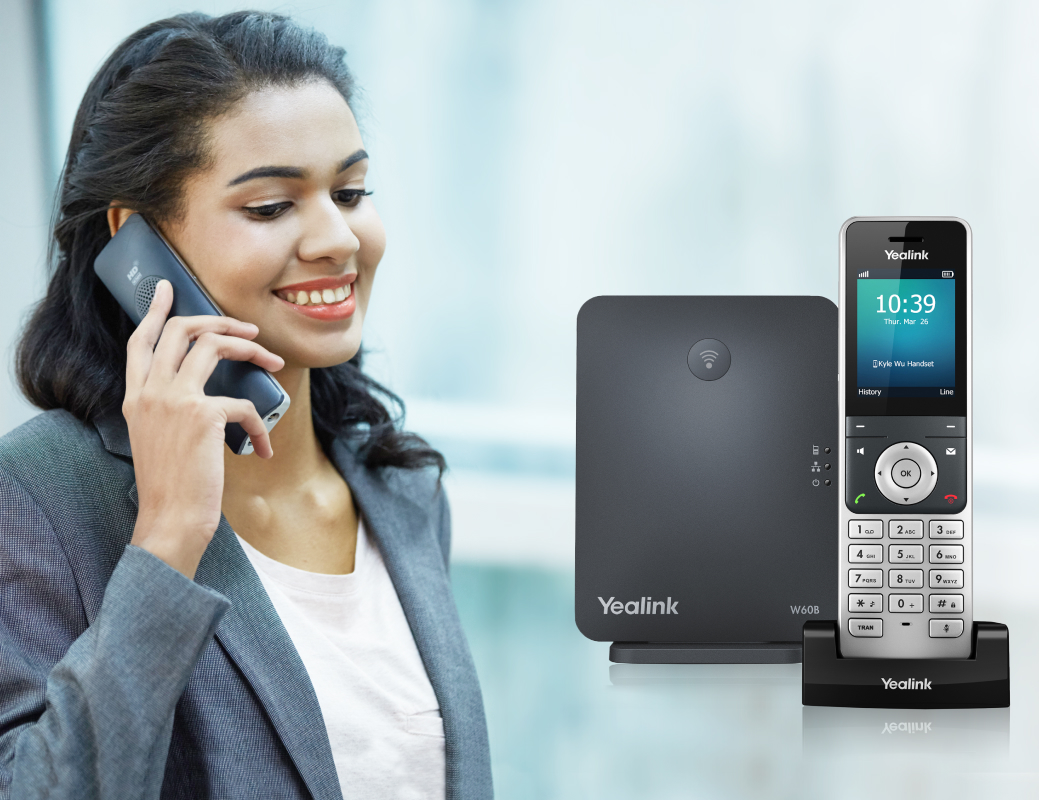Introduction
When you're on a call, clarity is king. Nothing can ruin a conversation faster than a garbled voice or choppy audio. In our increasingly connected world, two primary communication methods have emerged—traditional calls and Voice over Internet Protocol (VoIP) systems. Both have their merits and drawbacks, but how do they truly stack up against each other when it comes to voice quality?
In this article, we'll embark on an adventurous exploration of the voice quality showdown: comparing clarity in VoIP with traditional calls. We’ll dissect everything from the technologies behind these systems to real-world experiences, all while keeping an eye on critical factors like latency, bandwidth, and overall user experience. Buckle up as we dive into this riveting comparison!
Understanding VoIP Phone Systems
What is VoIP?
Voice over Internet Protocol (VoIP) is a technology that allows you to make voice calls using the internet instead of traditional telephone lines. This technology digitizes your voice and converts it into data packets that travel over the web to reach the recipient.
https://rafaelcety591.mystrikingly.com/How Does a VoIP Phone System Work?
A VoIP phone system operates by leveraging broadband internet connections rather than traditional copper wires. When you speak into a microphone, your voice transforms into digital signals that traverse through routers and switches until they reach the recipient’s device.
Components of a VoIP System
Softphones: Software applications that allow you to make calls from your computer or smartphone. VoIP Phones: Specialized devices designed for optimal digital communication. Gateways: Convert traditional telephony signals into digital signals. Servers: Handle call routing and processing.Advantages of VoIP Phone Systems
- Cost Efficiency: By using internet connections, businesses can save significantly on communication costs. Scalability: Adding new users or features is often as simple as downloading software or adding another line. Flexibility: Users can make and receive calls anywhere with internet access.
Disadvantages of VoIP Phone Systems
- Reliability on Internet Connection: Poor internet service can lead to degraded call quality. Power Dependency: Unlike traditional phones that work during power outages, VoIP requires electricity.
Traditional Calling: A Closer Look
What Are Traditional Calls?
Traditional calling refers to landline telephone services that use circuit-switched networks to establish dedicated communication paths between callers.
How Do Traditional Phone Systems Work?
When you dial a number, your call travels through physical wires connecting switchboards until it reaches its destination, establishing a direct connection throughout the conversation.

Advantages of Traditional Calls
- Reliability: Landlines are less affected by power outages or internet disruptions. Sound Quality: Generally provides consistent sound quality due to dedicated lines.
Disadvantages of Traditional Calls
- Higher Costs: Monthly fees for landline services can be steep compared to VoIP options. Limited Features: Traditional services often lack modern features such as video conferencing or integrated messaging.
Voice Quality Showdown: Comparing Clarity in VoIP and Traditional Calls
So what’s the verdict in our voice quality showdown? It essentially boils down to several key factors:
- Sound Clarity: While traditional calls typically offer high-quality sound due to their stable connections, modern advancements in VoIP technology have narrowed this gap considerably. Latency Issues: VoIP may introduce delays depending on bandwidth availability; however, many providers have improved their infrastructure drastically. Echo Problems: Some users may experience echo during VoIP calls—a phenomenon less common in traditional phone systems due to their dedicated pathways.
To illustrate these points further, let’s break down specific scenarios where each method shines or falters regarding voice clarity:
| Feature | VoIP | Traditional Call | |-----------------------------|----------------------------------|------------------------------| | Sound Quality | Variable; depends on internet | Generally high | | Latency | Possible delays | Minimal | | Echo Issues | More prone | Less common | | Adaptability | Highly adaptable (features) | Limited |
Factors Influencing Voice Quality in Both Systems
Bandwidth Requirements for VoIP Calls
The amount of bandwidth available plays a pivotal role in ensuring clear audio during your conversations. Insufficient bandwidth can lead to packet loss and jitter—two major culprits of poor sound quality.
Recommended Bandwidth for Optimal Performance
For satisfactory performance:
- A minimum of 100 Kbps upload/download speed per concurrent call is recommended for standard-quality audio.
For HD audio:
- Aim for at least 1 Mbps per concurrent call for crystal-clear conversations.
Impact of Network Configuration on Call Quality
Network configuration matters! Ensure your router supports QoS (Quality of Service) settings that prioritize voice traffic over other data types like video streaming or file downloads.
Common Network Configurations
Enable QoS settings on your router. Use wired connections whenever possible instead of relying solely on Wi-Fi. Regularly monitor network performance using tools like ping tests or speed tests.Real-Life Experiences: User Testimonials on Voice Quality
VoIP User Experience
Many users praise their experiences with VoIP phone systems because they provide features like voicemail-to-email transcription and video conferencing—all enhancing communication clarity:
“Switching to a VoIP phone system was revolutionary! I love being able to conference with my team seamlessly.” - Sarah J., Small Business Owner
Traditional Call User Experience
Conversely, some individuals remain loyal to traditional calling due to its reliability:
“I trust my landline more than my cell phone for important conversations; it just works!” - Tom R., Retired Engineer
FAQs
1. What causes poor voice quality in VoIP calls?

2. Can I use my existing phone hardware with a VoIP system?
Yes! Many service providers offer adapters that allow you to connect traditional phones directly into your new VoIP phone system.
3. How does weather affect traditional phone lines?
Severe weather conditions can impact overhead cables causing interruptions; however, underground cables are generally more resilient against environmental factors.
4. Is there any difference in setup complexity between both systems?
Setting up a VoIP phone system may require additional steps such as configuring routers and installing software compared to simply plugging in a landline phone.
5. Can I use Wi-Fi for making VoIP calls?
Absolutely! Wi-Fi networks are commonly used by mobile devices running softphone applications or dedicated VoIP phones when making calls.
6. Which option is better for remote work—VoIP or traditional calls?

Conclusion
In this thrilling journey through the world of telecommunications, we’ve explored how both VoIP phone systems and traditional calling methods stack up against each other regarding sound quality and overall user experience. While each has its pros and cons—ranging from cost-effectiveness with flexibility in the case of VoIP versus reliability offered by traditional lines—the choice ultimately boils down to individual needs and preferences.
Whether you're leaning toward upgrading your communication style with cutting-edge technology or sticking with trusted classics, remember clarity reigns supreme when engaging in meaningful conversations! The future promises even further advancements in both realms so stay tuned!